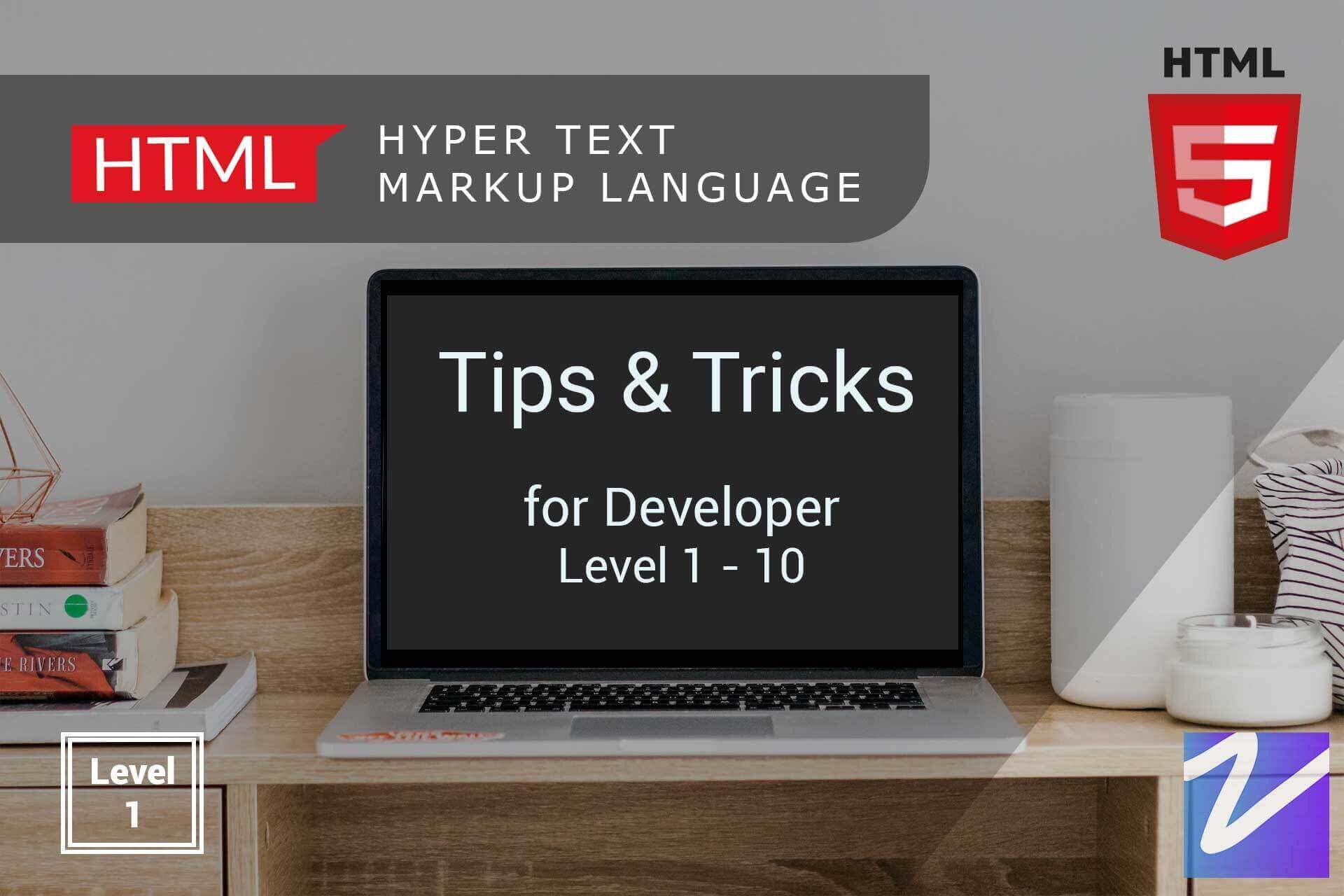Your Content Goe
HTML, or Hypertext Markup Language, is the standard markup language for creating web pages. It consists of a series of elements, or tags, that tell a web browser how to structure and format the content on a webpage. In this blog post, we will discuss 10 of the most common HTML tags, including:
<html>: The<html>tag is the root element of an HTML document. It tells the web browser that the document is an HTML document and contains the content of the webpage. All other HTML elements should be contained within the<html>tag.<head>: The<head>element contains information about the webpage, such as the title, meta data, and links to external stylesheets and scripts.<title>: The<title>element specifies the title of the webpage, which is displayed in the browser tab and used by search engines to index the page.<body>: The<body>element contains the main content of the webpage, including text, images, and other media.<h1>: The<h1>tag is used to define the main heading of a webpage. There are six levels of heading tags, ranging from<h1>(the largest and most important) to<h6>(the smallest and least important).<p>: The<p>tag is used to define a paragraph of text. It is important to use the<p>tag to structure your content into logical sections, as it helps search engines understand the structure of your content and improves the readability of your webpage for users.<img>: The<img>tag is used to insert an image onto a webpage. It requires the use of thesrcattribute to specify the location of the image file.<a>: The<a>tag, or anchor tag, is used to create a hyperlink to another webpage or a specific location on the same webpage. It requires the use of thehrefattribute to specify the destination of the link.<div>: The<div>tag is a generic container element that can be used to group other HTML elements together and apply styles to them. It is often used to create page layouts and define content areas.<span>: The<span>tag is a generic inline container element that can be used to group inline elements together and apply styles to them. It is similar to the<div>tag, but is used for inline content rather than block-level content.
Understanding these HTML tags and how to use them correctly is essential for creating well-structured and visually appealing web pages. Whether you are a beginner learning HTML for the first time or an experienced web developer, these tags should be a key part of your toolkit.
s Here


Leave A Comment